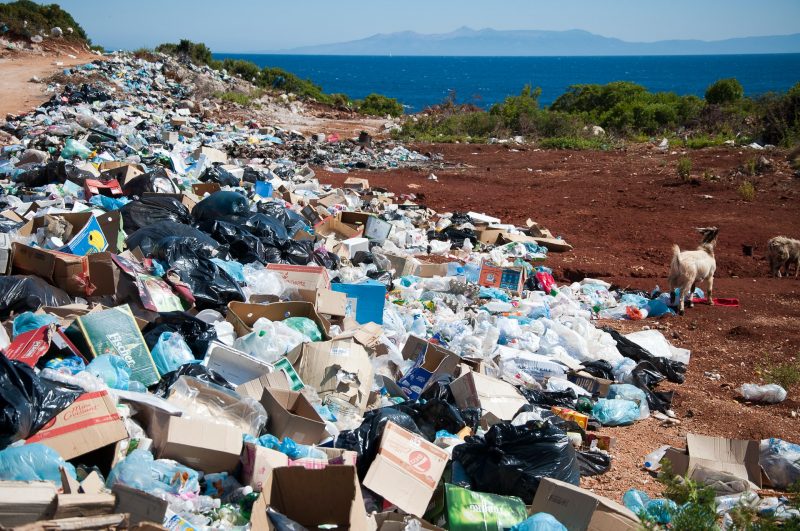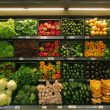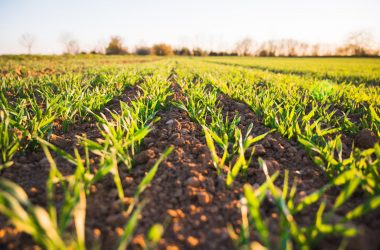According to statistics from Statista, global plastic production totalled 359 million metric tonnes in 2018. The UK produced 99 kilograms of plastic waste per person, per year, second only to the US, which produce 105 kilograms.
Using the information from Statista, we have documented global plastic production from 1950 to 2018 and analysed it alongside global population figures and the introduction of new laws. From this, we’ve created a graph to show exactly where we are in terms of our use of plastic.
The plastic timeline

From the graph, you can see the rise of plastic production is in line with population growth. This also correlates with the fact that laws relating to plastic only started to become more common from 2006.
But, as the key talking points show, there’s plenty to discuss when it comes to the plastic timeline.
Key talking points
- Neil Armstrong plants a nylon flag on the moon in 1969 as plastic starts to become a go-to material in the 1970s.
- In 1977, the plastic bag was introduced to the grocery industry as an alternative to the paper bag—something we’re trying to revert back to 40-plus years later.
- Production takes a noticeable dip as laws start to be introduced.
- 2008 was a noticeable period on the timeline. In this year, global production dropped as China announced a ban on supermarkets handing out plastic bags in shops, instead telling people to use paper or cloth sacks to carry their shopping. Retailers faced prosecution if they were found to be providing them to grocery shoppers.
As shown on the timeline, global laws started to become more common. At least 23 laws, levies or pieces of legislation were introduced between 2008 and 2010 in 21 different countries.
Laws reach their peak, but production surpasses population
Laws started to reach their peak around 2017. Free disposable plastic bags were banned in Catalonia, and Slovenia rolled this ban out on a national level.
But plastic production started to surpass population growth at this time. The reason? Well, global e-commerce sales totalled $2.38 billion in 2017, hitting $3.54 billion last year. The online boom comes with the need for packaging, which is often plastic.
New laws start to decline despite production increase
From 2018, new laws started to tail off, but production and population levels continued to rise. This may be due to the fact that certain laws, levies and legislation had been introduced in previous years, but it opens the debate that there’s still work to be done in order to help solve the world’s plastic problem.
There are encouraging signs though. In October 2020, a UK ban on the supply of plastic straws, stirrers and plastic-stemmed cotton buds came into force.
The ban was introduced after it was revealed the UK was using 4.7 billion single-use straws, 316 million plastic stirrers and 1.8 billion plastic-stemmed cotton buds each year.
UK plastic laws
Like many other countries, the UK already has a levy on the use of plastic bags in shops. When the levy was introduced in Northern Ireland back in 2013, usage dropped by 71% in just one year. Scotland followed in 2014 and England in 2015—with the rule mandatory for companies who employed over 250 members of staff.
In November this year, Liberal Democrat MP Alistair Carmichael re-introduced the Plastics Pollution Bill, which calls for a 2025 target to end “non-essential single-use plastics”.
Plastic facts over the years
Over the years, plastic has been produced by many industries across the world and used in everyday items. Here’s a list of some historic plastic facts over the years.
- 1862: Plastic starts to be used in households for items like knife handles
- 1950: Tupperware parties start to become a trend
- 1982: Grocery chains Kroger and Safeway replace their paper bags with plastic
- 1997: Charles Moore discovers the Great Pacific Garbage Patch—the world’s largest collection of floating plastic waste
- 2002: 360 million bottles are recycled
- 2008: Plastic bottles achieve a 27% recycling rate, reclaiming 2.4 billion pounds of plastic
- 2016: A global population of 7 billion produces over 320 million tonnes of plastic—with the figure expected to double by 2034.
- 2019: University College London launches its Plastic Waste Innovation Hub and the Big Compost Experiment
Going forward, innovation needs to be at the heart of solving the world’s plastic problem. For industries who ship items online it can be a case of improving supply chains through the use of a reusable plastic pallet—where vehicle fill can be improved by up to 42 per cent.
Sources
https://www.statista.com/statistics/282732/global-production-of-plastics-since-1950/
https://www.theguardian.com/world/2008/jan/09/china.plasticbags
http://tryforgood.com/plastic-timeline-the-good-and-the-evil/
https://www.history.com/news/tupperware-parties-brownie-wise
https://www.ecowatch.com/plastics-history-ecological-crisis-2560978473.html
http://www.historyofplastic.com/plastic-facts/facts-about-plastic/
https://www.bigcompostexperiment.org.uk/about/timeline-of-composting-and-biodegradable-plastics
https://www.bigcompostexperiment.org.uk/about/timeline-of-composting-and-biodegradable-plastics










